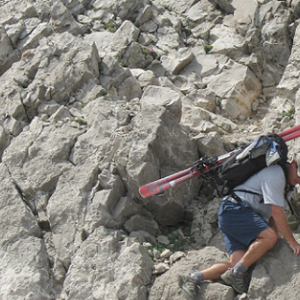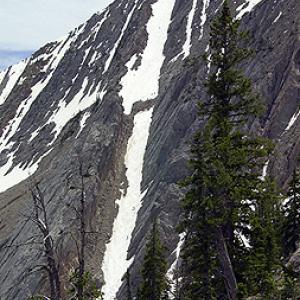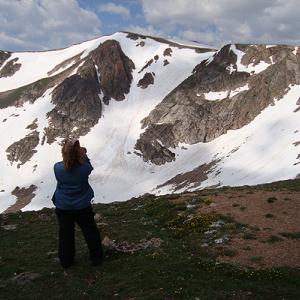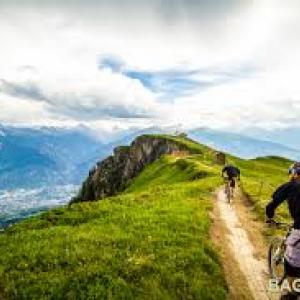 On a sunny day last week at Montana Tech, Nick Hawthorne posed for a picture outside. Two students walked by, and as they passed one said, “Wow! He’s got Google Glass!”
On a sunny day last week at Montana Tech, Nick Hawthorne posed for a picture outside. Two students walked by, and as they passed one said, “Wow! He’s got Google Glass!”
Hawthorne, an assistant professor, is a Google Glass tester. He’s using the Glass to research it as a form of communication, and also to develop an app for people who enjoy fly fishing.
Google Glass is a wearable computer with an optical head-mounted display; basically, it’s a hands-free smart phone. It responds to voice commands and the wearer’s blinks, as well as by swiping the side of the Glass with a finger.
Some might be skeptical at the practicality of Google Glass, especially at its price: $1,500. But Hawthorne says it has some interesting uses, even if it does look like something from Star Trek.
He noted that firefighters in New York City are using Glass to call up building plans so they know exactly where to go in a structure that’s on fire, and so they don’t miss any rooms. Glass can call up restaurant reviews while a person stands in front of the restaurant. Doctors can record surgeries to teach budding surgeons the trade.
In short, Glass allows a person to see through the eyes of another.
“The idea is to have it be less invasive and hands-free,” said Hawthorne, who teaches in Tech’s Technical Communications department. “It has its limitations, but this is bleeding-edge technology, which is different from cutting-edge technology. With great technology comes great responsibility.”
Hawthorne said there’s been a concern that Google Glass wearers are constantly recording, but it’s not true. He said the Glass battery lasts less than an hour when recording. But call up the photography option and blink your eye, and there’s a picture.
Google Glass is also “Bluetooth tethered,” which means it requires a cell phone nearby to connect to. Glass instantly uploads to the Cloud, unlike a smart phone or a GoPro camera. It’s not perfect, though, and Hawthorne gives regular pointers to the “Google Glass explorer community,” where testers like himself make suggestions to Google on how to better the product.
Montana Standard
 On a sunny day last week at Montana Tech, Nick Hawthorne posed for a picture outside. Two students walked by, and as they passed one said, “Wow! He’s got Google Glass!”
On a sunny day last week at Montana Tech, Nick Hawthorne posed for a picture outside. Two students walked by, and as they passed one said, “Wow! He’s got Google Glass!”


